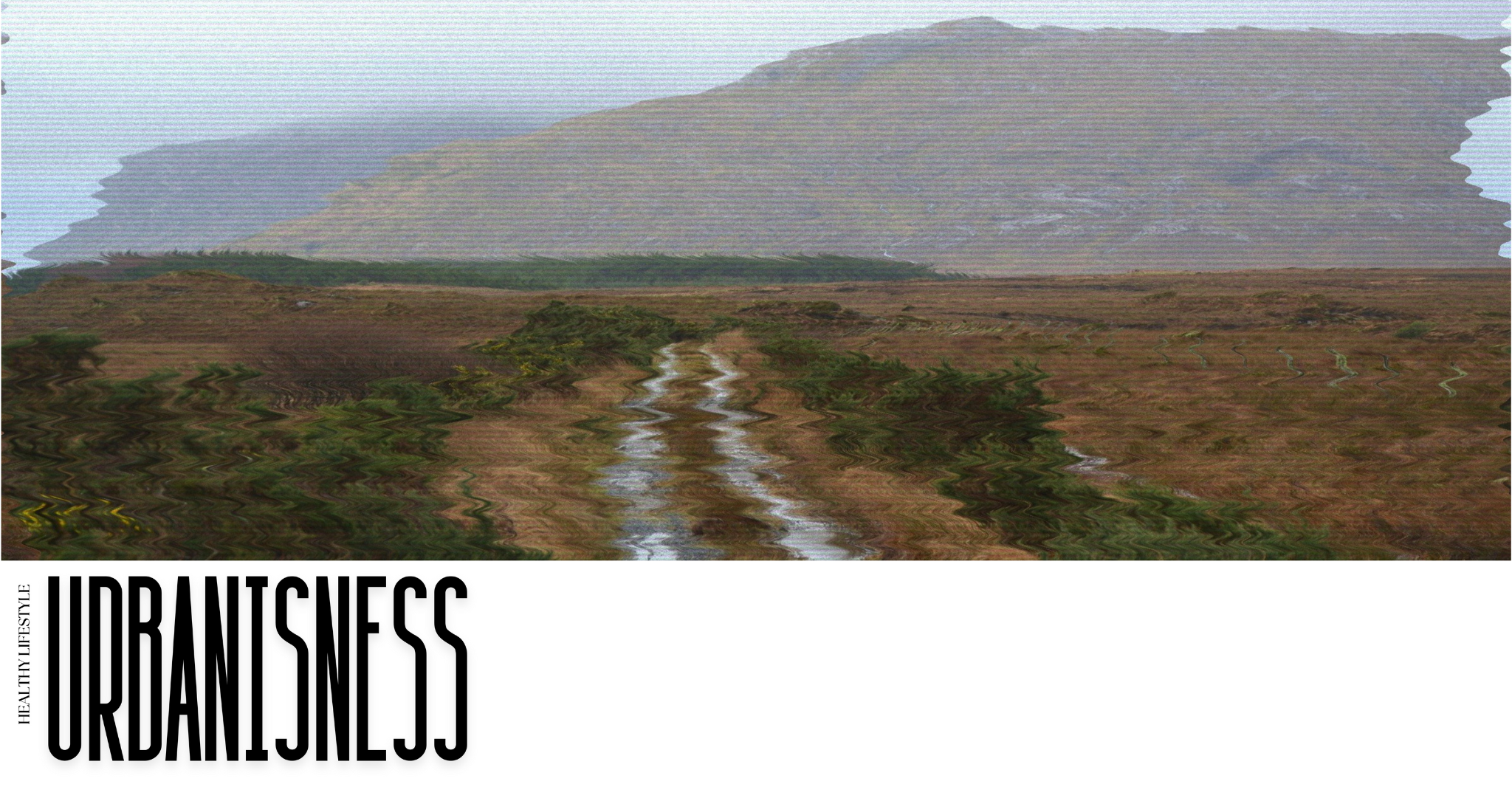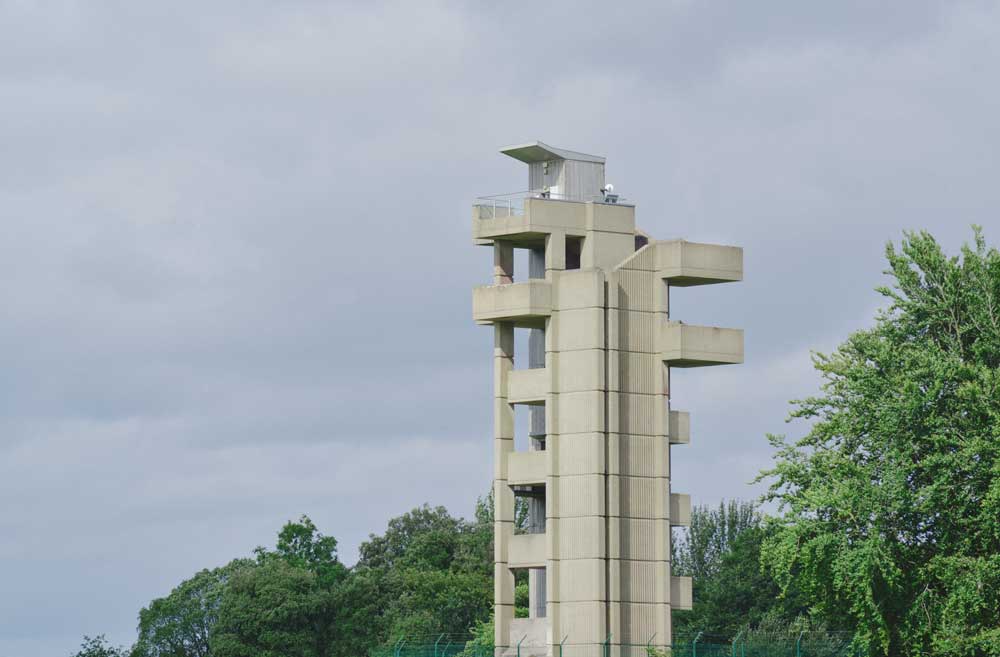Carbon moves through a continuous cycle within the Earth’s system—passing through the atmosphere, oceans, plants, and rocks. However, human activities, particularly the extraction and burning of fossil fuels, disrupt this cycle. This disturbance aggravates the natural balance, increasing atmospheric carbon levels through greenhouse gases such as carbon dioxide and methane. The excessive accumulation of these gases leads to global warming. While some carbon eventually re-enters the cycle, much remains trapped in the atmosphere, failing to return to its original state.
Warnings like “If we don’t take action now (or rather, should have acted yesterday?), climate phenomena such as wildfires, extreme urban heat, and rising sea levels will only worsen” are frequently repeated. Yet, their constant repetition has led many of us—ordinary inhabitants of the planet—to become insensitive, reacting with indifference rather than urgency.

Those who grasp the long-term severity of the issue—scientists, governments, health organisations, and other concerned stakeholders—are actively preaching the problem. They work to develop technologies and strategies that mitigate climate change, focusing on cost-effective and efficient methods to extract carbon from the atmosphere and reintegrate it into the natural cycle. Some of the techniques developed so far include:










